LDK-378 dihydrochloride
- CAS NO.:1380575-43-8
- Empirical Formula: C28H37Cl2N5O3S
- Molecular Weight: 594.6
- MDL number: MFCD26142928
- SAFETY DATA SHEET (SDS)
- Update Date: 2025-12-26 16:58:18
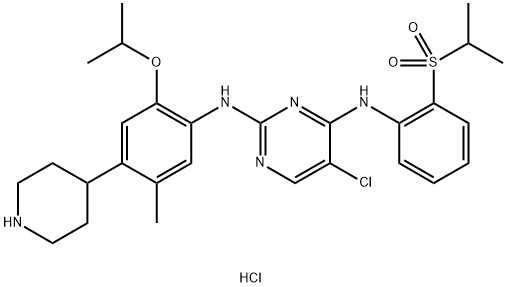
What is LDK-378 dihydrochloride?
Biological Activity
ldk378 is a highly potent inhibitor of anaplastic lymphoma kinase (alk), which is a receptor tyrosine kinase belonging to the superfamily of insulin receptor, with half maximal inhibitory concentration ic50 of 200 pm. ldk378 also exhibits modest to high inhibition against a panel of other kinases, in which only three kinases with ic50 below 100 nm includes igf-1r (8 nm), insr (7 nm) and stk22d (23 nm). in previous studies, ldk378 has been found to inhibit the proliferation of ba/f3 cells transfected with the npm-alk fusion gene and karpas 299 human non-hodgkin’s ki-positivr large cell lymphoma harboring the npm-alk fusion gene with ic50 of 22.8 nm and 26 nm.
References
[1]chen j, jiang c, wang s. ldk378: a promising anaplastic lymphoma kinase (alk) inhibitor. j med chem. 2013 jul 25;56(14):5673-4. doi: 10.1021/jm401005u. epub 2013 jul 9.
[2]marsilje th, pei w, chen b, lu w, uno t, jin y, jiang t, kim s, li n, warmuth m, sarkisova y, sun f, steffy a, pferdekamper ac, li ag, joseph sb, kim y, liu b, tuntland t, cui x, gray ns, steensma r, wan y, jiang j, chopiuk g, li j, gordon wp, richmond w, johnson k, chang j, groessl t, he yq, phimister a, aycinena a, lee cc, bursulaya b, karanewsky ds, seidel hm, harris jl, michellys py. synthesis, structure-activity relationships, and in vivo efficacy of the novel potent and selective anaplastic lymphoma kinase (alk) inhibitor 5-chloro-n2-(2-isopropoxy-5-methyl-4-(piperidin-4-yl)phenyl)-n4-(2-(isopropylsulfonyl)phenyl)pyrimidine-2,4-diamine (ldk378) currently in phase 1 and phase 2
Properties of LDK-378 dihydrochloride
| storage temp. | Store at -20°C |
| solubility | ≥12.38 mg/mL in EtOH with ultrasonic; ≥13.7 mg/mL in H2O; ≥29.65 mg/mL in DMSO |
| form | Powder |
| color | Light yellow to yellow |
Safety information for LDK-378 dihydrochloride
| Signal word | Warning |
| Pictogram(s) |
 Exclamation Mark Irritant GHS07 |
| GHS Hazard Statements |
H302:Acute toxicity,oral H315:Skin corrosion/irritation H319:Serious eye damage/eye irritation H335:Specific target organ toxicity, single exposure;Respiratory tract irritation |
| Precautionary Statement Codes |
P261:Avoid breathing dust/fume/gas/mist/vapours/spray. P301+P312:IF SWALLOWED: call a POISON CENTER or doctor/physician IF you feel unwell. P302+P352:IF ON SKIN: wash with plenty of soap and water. P304+P340:IF INHALED: Remove victim to fresh air and Keep at rest in a position comfortable for breathing. P305+P351+P338:IF IN EYES: Rinse cautiously with water for several minutes. Remove contact lenses, if present and easy to do. Continuerinsing. |
Computed Descriptors for LDK-378 dihydrochloride
New Products
4,4-Difluoropiperidine hydrochloride tert-butyl 9-methoxy-3-azaspiro[5.5]undecane-3-carboxylate Indole Methyl Resin N-Isopropylurea N,N-Dicyclohexylcarbodiimide(DCC) MELDRUMS ACID 5-METHYLISOXAZOLE-4-CARBOXYLIC ACID Magnessium Bis glycinate Zinc ascorbate 1-bromo-2-butyne 2-acetamidophenol 9(10H)-anthracenone Erythrosin B, 4-Piperidinopiperidine 2-((4-morpholinophenylamino) (methylthio) methylene) malononitrile 2,4-dihydroxybenzaldehyde 3-(4-morpholinophenylamino)-5-amino-1H-pyrazole-4-carbonitrile Methyl 2-methylquinoline-6-carboxylate 2,6-dichloro-4-nitropyridine 4-Bromo-2-chlorobenzonitrile 2-(benzylamino)acetic acid hydrochloride 4-(tert-Butoxycarbonylamino)but- 2-ynoic acid 3,4-dihydro-2H-benzo[b][1,4]dioxepine 1-Phenyl-1-cycloprppanecarboxylicacidRelated products of tetrahydrofuran

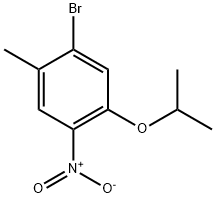

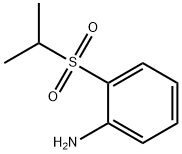

![4-Pyrimidinamine, 2,5-dichloro-N-[2-[(1-methylethyl)sulfonyl]phenyl]-](https://img.chemicalbook.in/CAS/GIF/761440-16-8.gif)
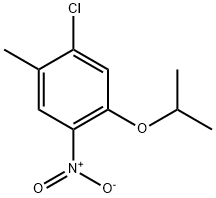
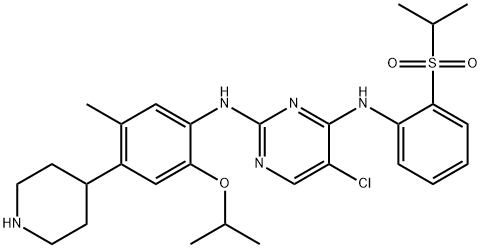
You may like
-
 Ceritinib 2hcl 95% CAS 1380575-43-8View Details
Ceritinib 2hcl 95% CAS 1380575-43-8View Details
1380575-43-8 -
 3-(4-amino-1-oxoisoindolin-2-yl)-1-methylpiperidine-2,6-dione 98%View Details
3-(4-amino-1-oxoisoindolin-2-yl)-1-methylpiperidine-2,6-dione 98%View Details -
 614-19-7 98%View Details
614-19-7 98%View Details
614-19-7 -
 3112-85-4 Methyl phenyl sulfone 98%View Details
3112-85-4 Methyl phenyl sulfone 98%View Details
3112-85-4 -
 20677-73-0 (2,2-diethoxyethyl)methylamine 98%View Details
20677-73-0 (2,2-diethoxyethyl)methylamine 98%View Details
20677-73-0 -
 3-(4-(hydroxyamino)-1-oxoisoindolin-2-yl)piperidine-2,6-dione 98%View Details
3-(4-(hydroxyamino)-1-oxoisoindolin-2-yl)piperidine-2,6-dione 98%View Details -
 57381-49-4 2-bromo-4-chlorobenzonitrile 98%View Details
57381-49-4 2-bromo-4-chlorobenzonitrile 98%View Details
57381-49-4 -
 4,6-dichloropyrimidine-5-carbaldehyde 98%View Details
4,6-dichloropyrimidine-5-carbaldehyde 98%View Details
5305-40-8
